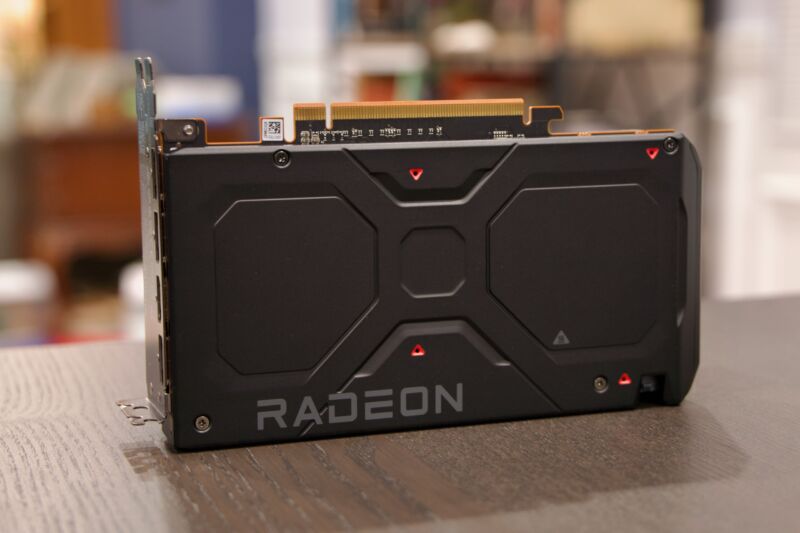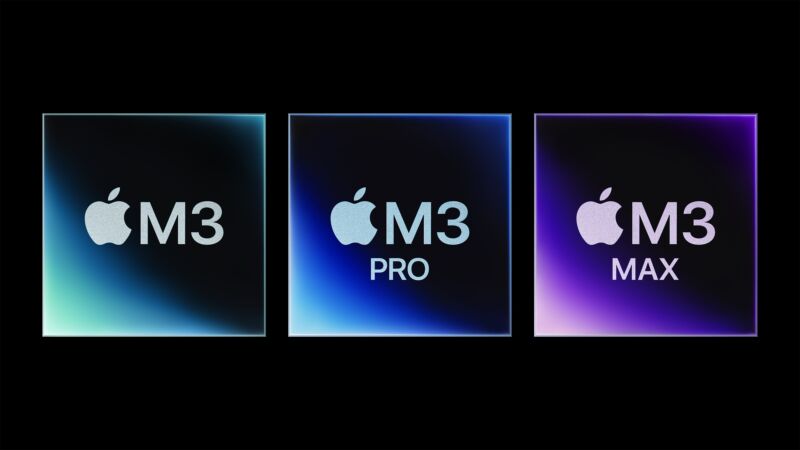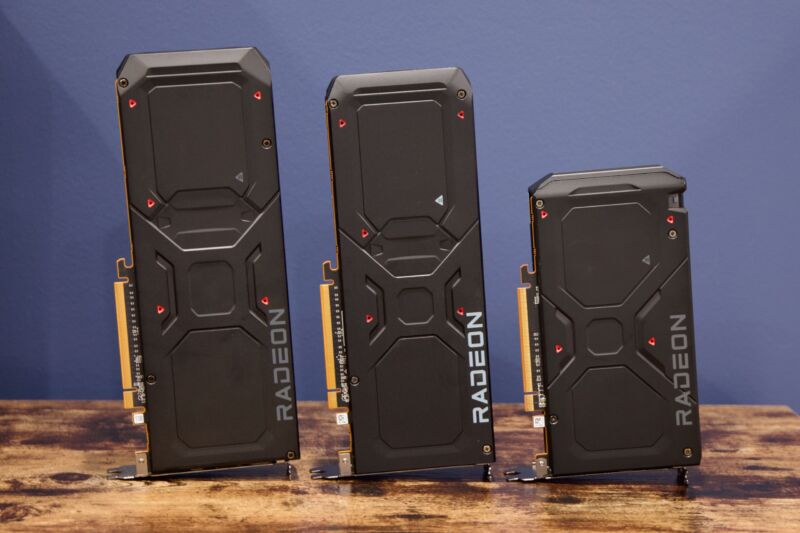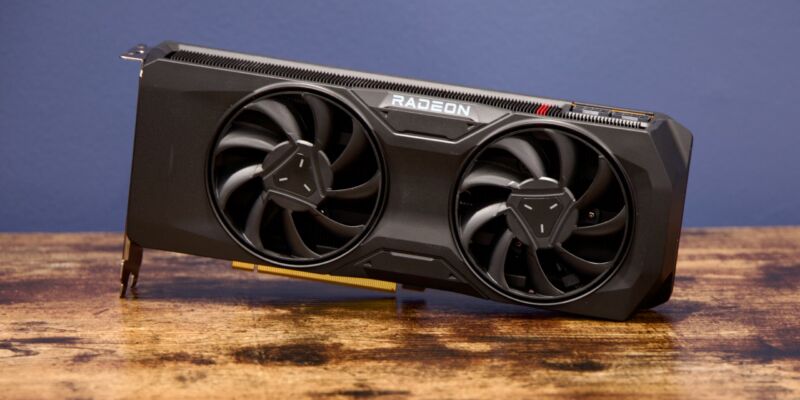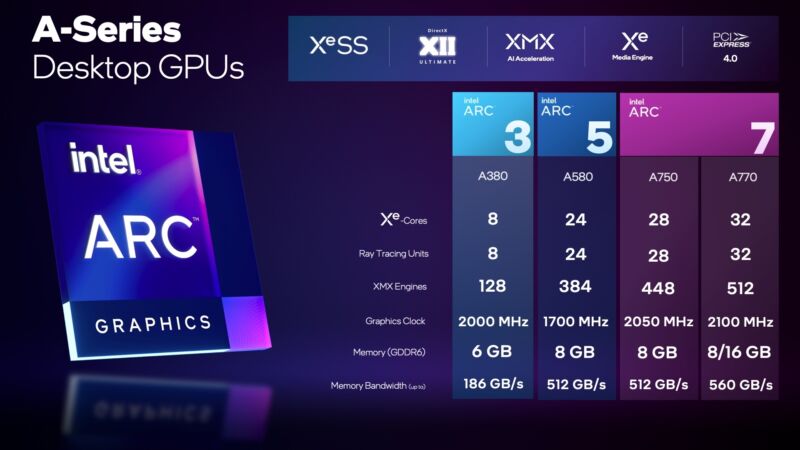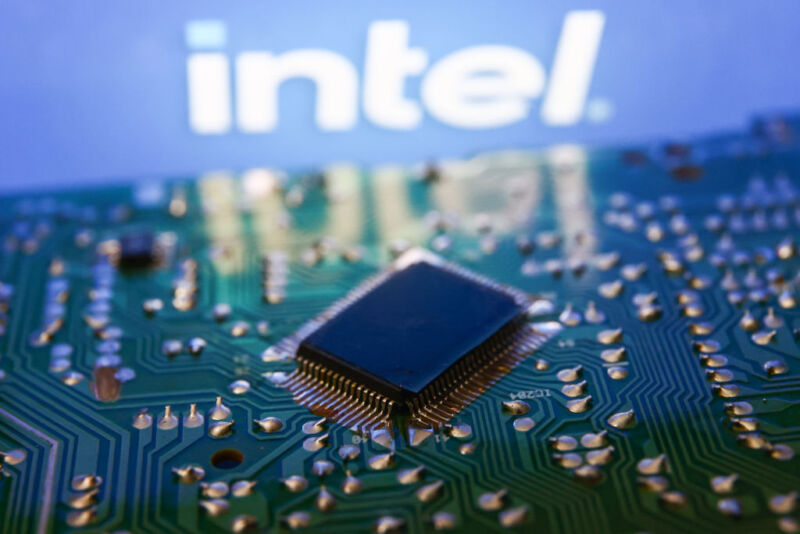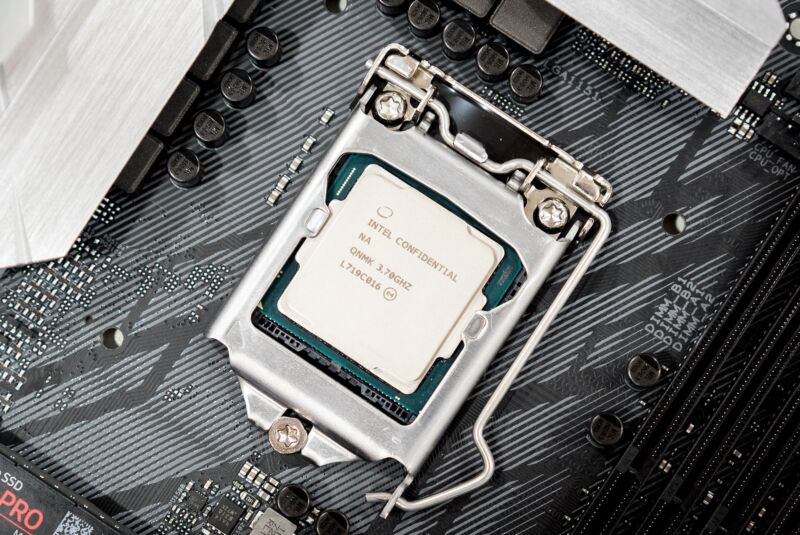-
 chevron_right
chevron_right
Intel, Microsoft discuss plans to run Copilot locally on PCs instead of in the cloud
news.movim.eu / ArsTechnica · Wednesday, 27 March - 18:45 · 1 minute
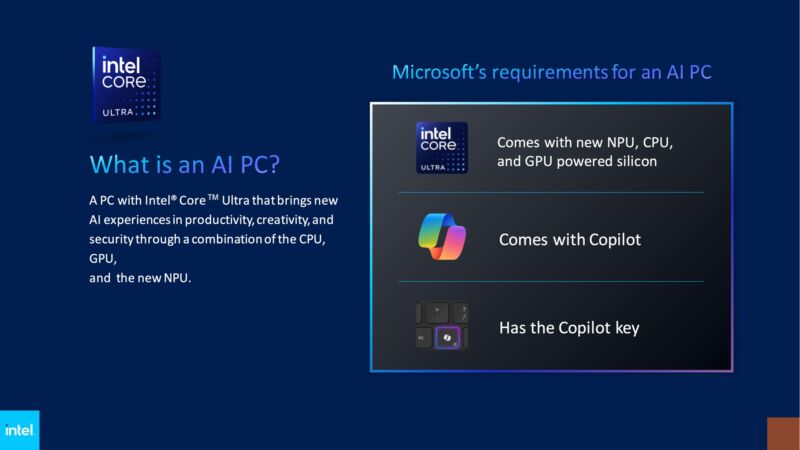
Enlarge / The basic requirements for an AI PC, at least when it's running Windows. (credit: Intel)
Microsoft said in January that 2024 would be the year of the "AI PC," and we know that AI PCs will include a few hardware components that most Windows systems currently do not include—namely, a built-in neural processing unit (NPU) and Microsoft's new Copilot key for keyboards. But so far we haven't heard a whole lot about what a so-called AI PC will actually do for users.
Microsoft and Intel are starting to talk about a few details as part of an announcement from Intel about a new AI PC developer program that will encourage software developers to leverage local hardware to build AI features into their apps.
The main news comes from Tom's Hardware , confirming that AI PCs would be able to run "more elements of Copilot," Microsoft's AI chatbot assistant, "locally on the client." Currently, Copilot relies on server-side processing even for small requests, introducing lag that is tolerable if you're making a broad request for information but less so if all you want to do is change a setting or get basic answers. Running generative AI models locally could also improve user privacy, making it possible to take advantage of AI-infused software without automatically sending information to a company that will use it for further model training.

